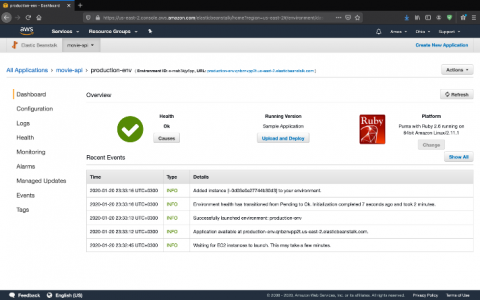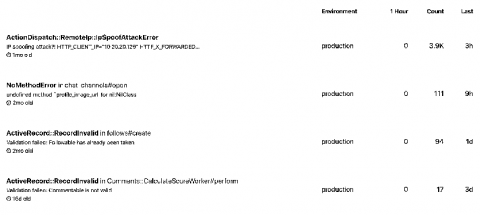Why and How to Host your Rails 6 App with AWS ElasticBeanstalk and RDS
When you deploy a new Rails app, you typically face a double-bind. If you use an easy platform like Heroku, you could create problems for yourself as your application scales. If you use a more fully-featured platform, you risk wasting time on ops that could be spent on your product. What if you could have both: an easy deployment option that is easy to scale?






